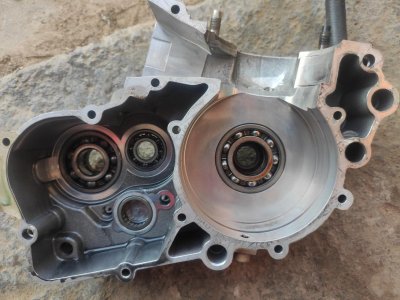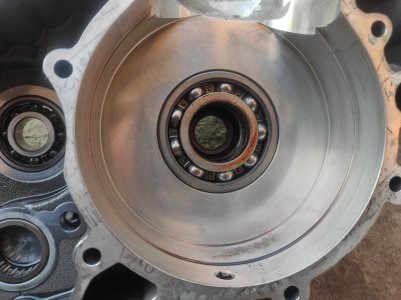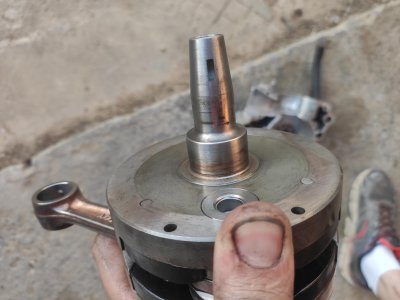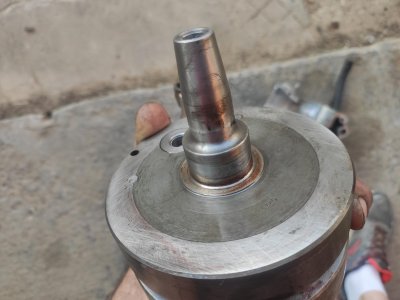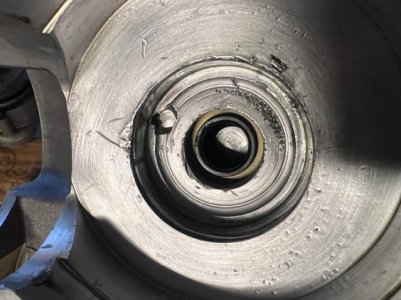blitz11
Silver Level Site Supporter
I did a similar thing with my daughter's KTM 200 exc. However, i knew what the problem was (coolant being blown into the exhaust stream.) I build a fixture, pressurized the cylinder cooling passages with air, and submerged the cylinder. Cylinder was porous. Coated the offending area 12 years ago with JB weld, and it's been fine since.
Good luck with the bubbles! I hope that it it located in a small area, and that you can fix it with an epoxy, bead of weld, etc.
Good luck with the bubbles! I hope that it it located in a small area, and that you can fix it with an epoxy, bead of weld, etc.

